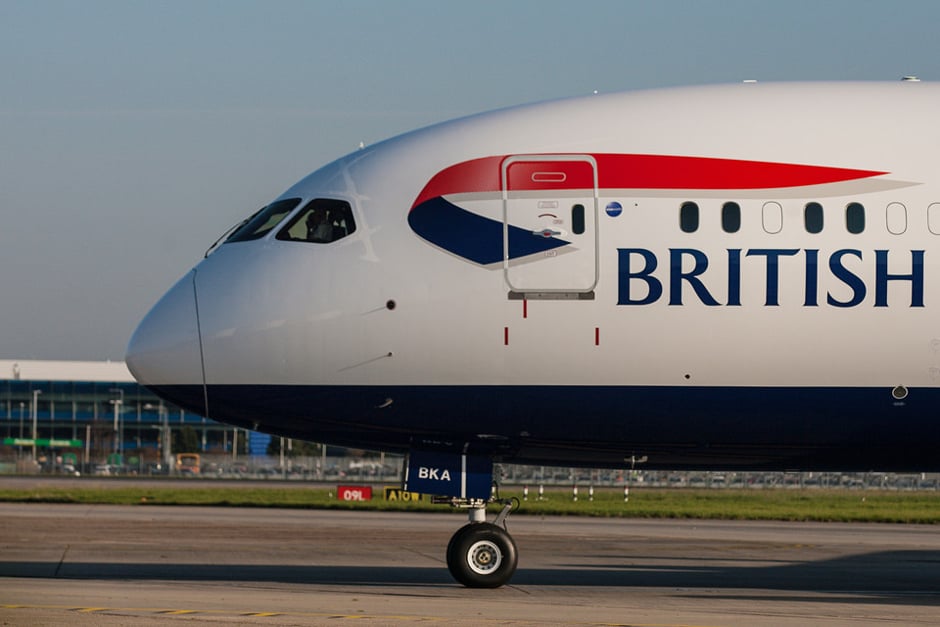
The EAN service consists of S-band satellite-based and ground-based networks, and is designed to provide airline passengers with access to the same wireless internet speeds they are used to in the home.
Passengers will be able to use social media, share pictures and stream high-bandwidth content during their flight.
The companies recently completed the set-up of around 300 base stations across the 28 EU member states, plus Switzerland and Norway. This makes it the first Europe-wide network based on LTE technology, a high-speed wireless communications standard.
The announcement follows Inmarsat’s launch of its EAN satellite in June 2017, which began operating in September.
The service will offer a high bandwidth service to customers, whether the aircraft is flying over land or water, with over 75Mbit/s connection speed to aircraft. This is because airlines using the service do not share network capacity with any non-aviation customers, Inmarsat said.
Unlike conventional wireless networks, the system needs to operate at speeds of up to 1,200km/h, heights of 10km, and with cells of up to150 km in size.
The system uses lightweight avionics, allowing even single-aisle, short-haul aircraft to be equipped with the service, according to a spokesperson for Inmarsat. “Standard terminals avionics would weigh in the region of 184kg, covering the terminals, servers, routers and cabin network,” the spokesperson said. “With EAN, this total weight is 60 per cent lighter, at around 74kg.”
The equipment can be installed on individual aircraft during overnight breaks.
The network will be available for commercial use in the first half of 2018, and the networks have already undergone trials on several test flights.
Its first customer, International Airlines Group (IAG), which includes British Airways, Iberia, Aer Lingus and Vueling, has already begun installing the network equipment.
Dedicated aviation networks already exist in the US, but not in Europe, according to the Inmarsat spokesperson.
A recent survey by the company found that 44 per cent of European passengers would stop using an airline within the next twelve months if it didn’t offer them the ability to use the internet during a flight.




Nanogenerator consumes CO2 to generate electricity
Whoopee, they've solved how to keep a light on but not a lot else.